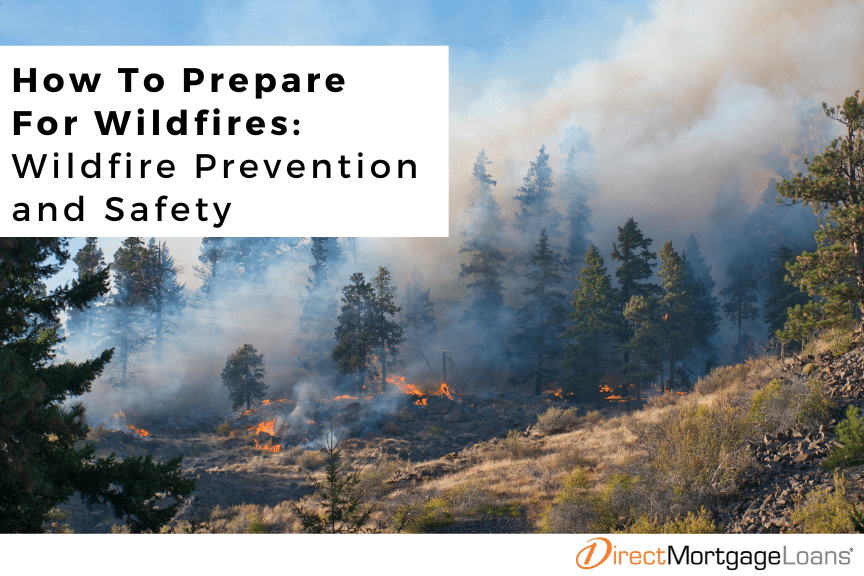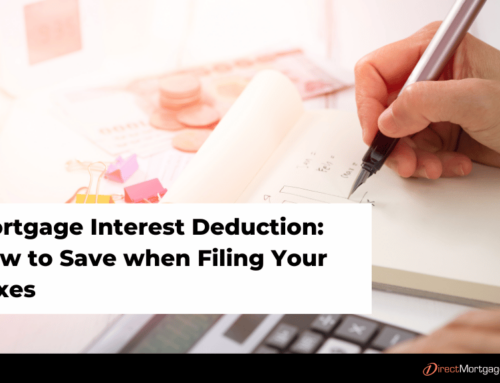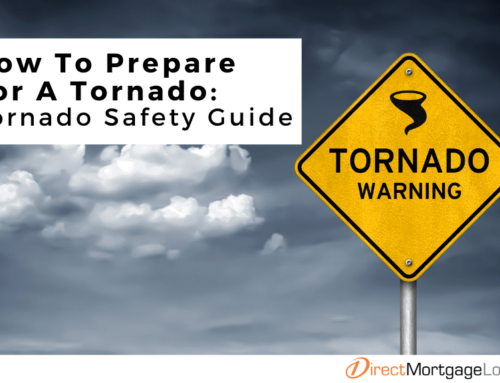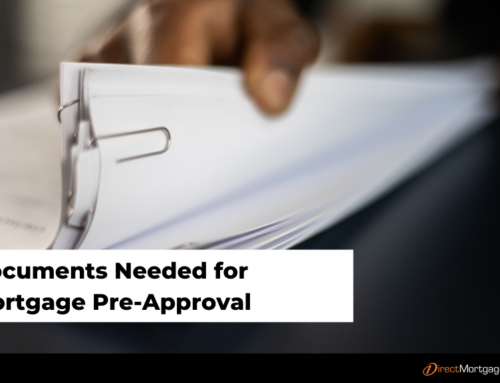Wildfires in the U.S. are a growing concern in many regions, posing significant risks to lives and homes. Understanding wildfire safety and taking proactive preparation steps can help reduce your vulnerability during these events. This guide will provide essential information on wildfire prevention, emergency planning, and safety measures.
What is a wildfire?
A wildfire is an unplanned fire that spreads through a natural environment. These fires can be devastating, destroying homes, forests, and wildlife habitats. They are often fueled by dry conditions, high winds, and human negligence.
How do wildfires start?
According to the National Interagency Fire Center (NIFC), around 87% of wildfires are caused by human-related activities. Common examples include unattended campfires, discarded cigarettes, burning debris, and the use of fireworks. However, natural causes like lightning can also start a wildfire.
How long do wildfires last?
Wildfires can last anywhere from a few minutes to several months depending on their severity and environmental conditions. Factors such as fuel availability, weather, and fire control measures determine the duration of a wildfire.
How To Prepare For A Wildfire
Preparing for a wildfire involves several steps centered around awareness, planning, and ensuring that your home and family are ready for emergencies.
Pay Attention To Warnings and Alerts
Stay informed about wildfire conditions and alerts in your area. Sign up for local emergency alerts, monitor news reports, and download weather apps that provide wildfire warnings. This preparation can make a critical difference when time is of the essence.
Create An Emergency Plan
Every household should have a wildfire emergency plan. Ensure everyone in your household knows what to do in case of an evacuation.
Review Important Documentation
In the event of an evacuation, having up-to-date insurance policies and personal documents is vital. Make copies of these important documents and store them in a secure, password-protected digital space to ensure access after a fire.
Know Your Evacuation Zone
In case of a wildfire, you may need to evacuate quickly. Familiarize yourself with evacuation routes, rehearse the plan with your household and pets, and determine your designated destination. Local authorities will provide you with recommendations and appropriate safety measures.
Supplies
Assemble an emergency kit which includes a first aid kit, necessary medications, water, non-perishable food, flashlight, extra batteries, cash, and important documentation. If available, store an N95 mask for smoke protection.
How To Create A Wildfire Prepared Home
Preparing your home for wildfires can help ensure the safety of your family and property. Here are steps to create a wildfire-prepared home:
- Use Fire-Resistant Materials: When building, renovating, or making repairs, use fire-resistant materials. This includes siding, roofing, and decking materials that can withstand high temperatures.
- Create a Fire-Resistant Zone: Establish a defensible space around your home by clearing a minimum of 30 feet of vegetation, leaves, and debris. This zone acts as a barrier to slow the spread of fire and provides firefighters with better access to your property.
- Designate a Safe Room: Identify a room that can be sealed from outside air. In the event of a wildfire, close all doors and windows to keep out smoke.
- Water Source: Ensure you have access to a reliable water source for firefighting purposes, such as a well or a connection to a municipal water supply.
What should I do during a wildfire?
In the event of a wildfire, being prepared and knowing how to respond is crucial. If evacuation orders are issued, leave immediately. However, if there’s no immediate need to evacuate, consider the following steps:
- Stay Informed: Keep up with local news and emergency alerts for real-time updates.
- Secure Your Home: Close all doors, windows, and vents to prevent embers from entering.
- Seek Shelter: Stay in a designated safe room or area where outside air is blocked.
- Protect Yourself: Wear appropriate protective clothing and use a respirator mask if necessary.
What should I do after a wildfire?
After a wildfire, follow the instructions of local authorities regarding when it is safe to return to your home. If your home is damaged, take steps to secure it and document the damage for insurance purposes.
How To Prevent Wildfires
To prevent wildfires, use caution anytime you use fire, and avoid any fire related activity when it’s dry, or windy outside. Regularly maintain the equipment on your vehicle and keep vehicles off dry grass. For bonfires, build them in an open location and far from flammables.
FAQ’s About Wildfires
How do homes catch fire in a wildfire?
While direct flames might not be hot enough to ignite a house, embers and flying sparks could pose a significant threat. These can easily ignite roofs, decks, and other flammable materials around your home.
How hot can a forest fire get?
Forest fires can reach temperatures of up to 2,000°F, making them incredibly dangerous.
What is a safe distance from a wildfire?
It is generally recommended to stay at least one mile away from an active wildfire. This distance helps minimize exposure to dangerous conditions such as heat, smoke, and unpredictable fire behavior.
Is it safe to be outside with the wildfire smoke?
No, it is not safe to be outside with wildfire smoke. The smoke can contain harmful pollutants that can irritate your eyes, nose, throat, and lungs.
When is wildfire season?
Wildfire season typically occurs during the dry months of July through October in many parts of the U.S. However, the specific timing can vary depending on local climate conditions, with some areas experiencing longer or more intense wildfire seasons due to changing weather patterns.






Leave A Comment
You must be logged in to post a comment.